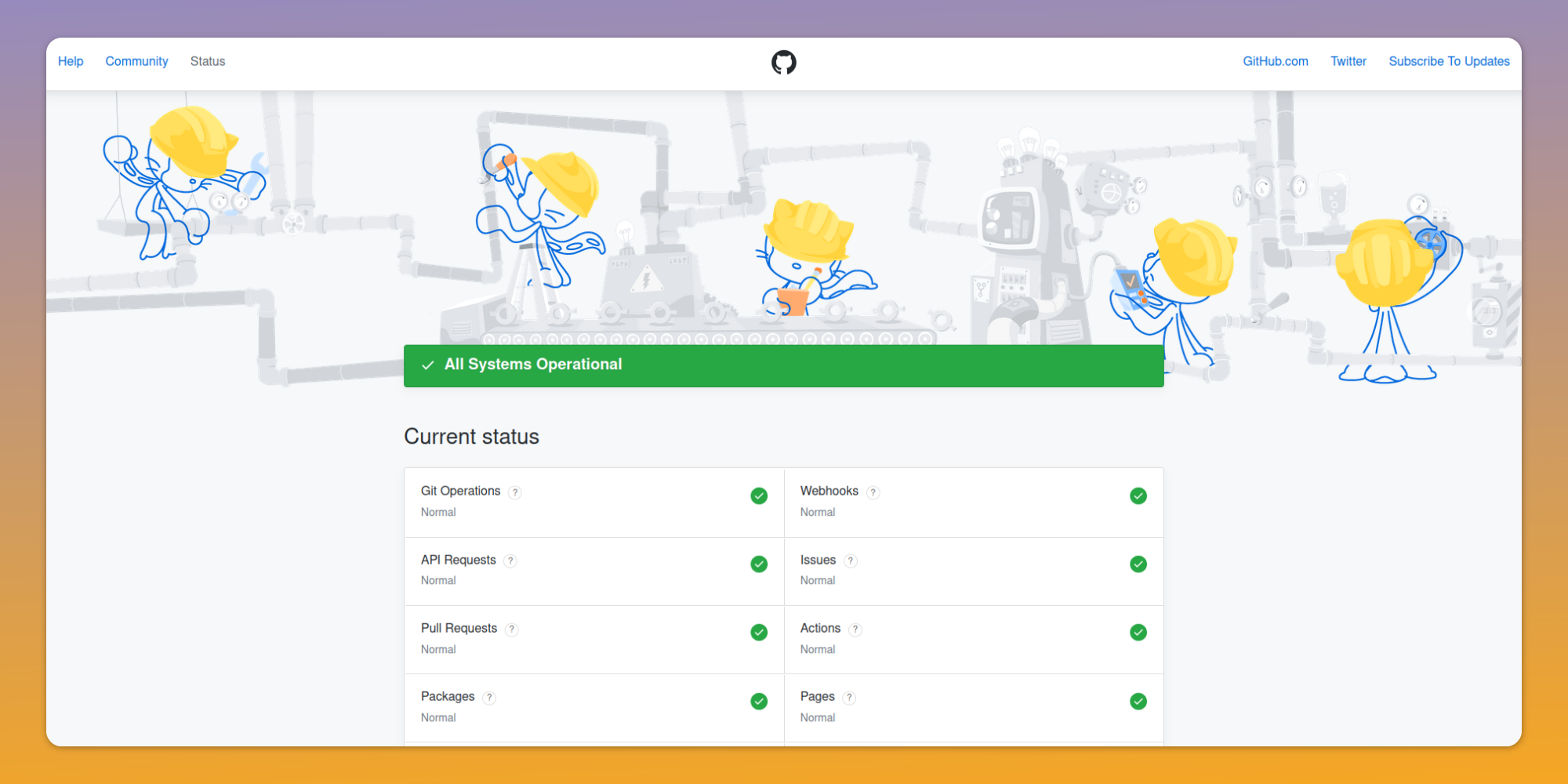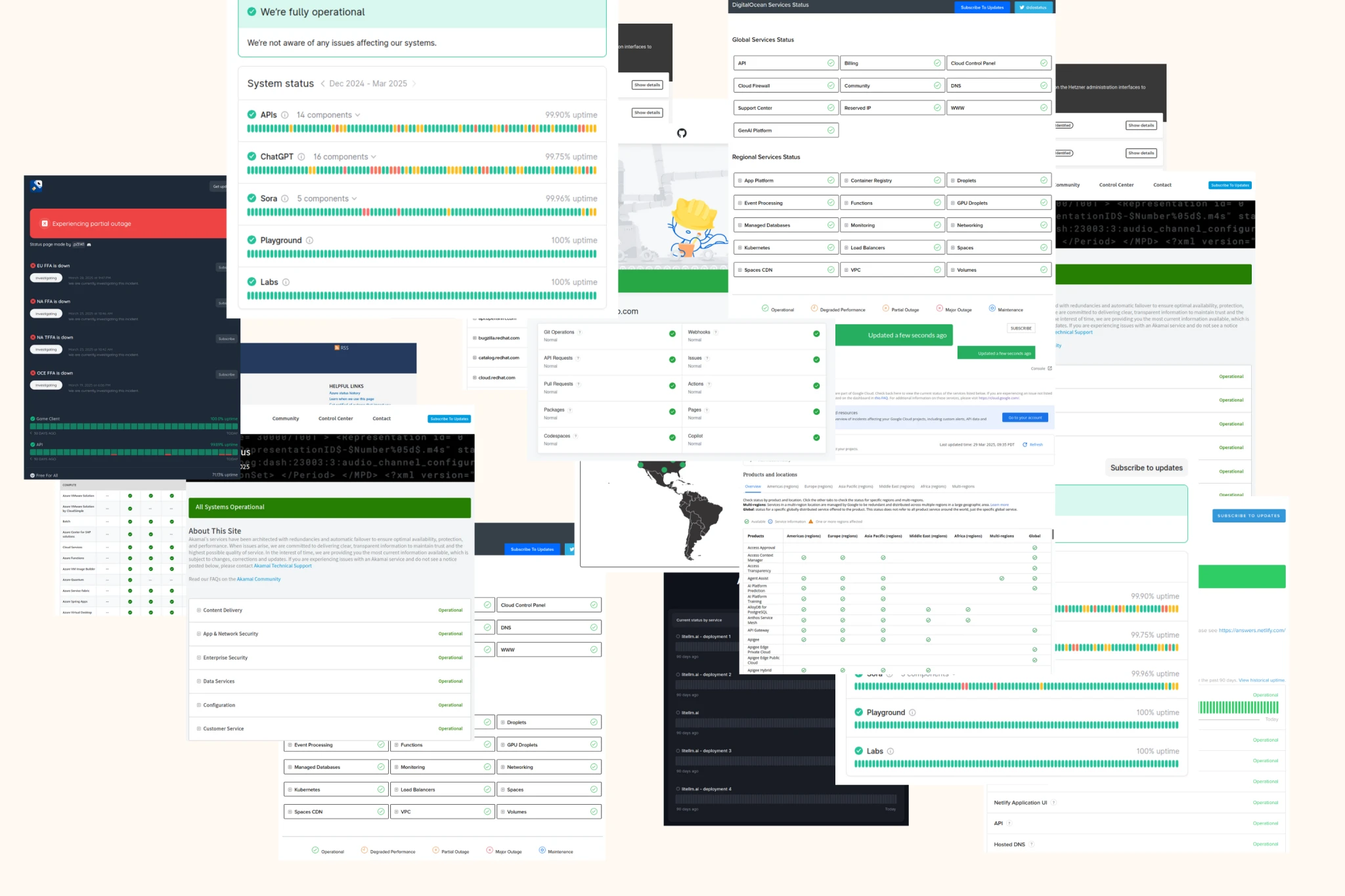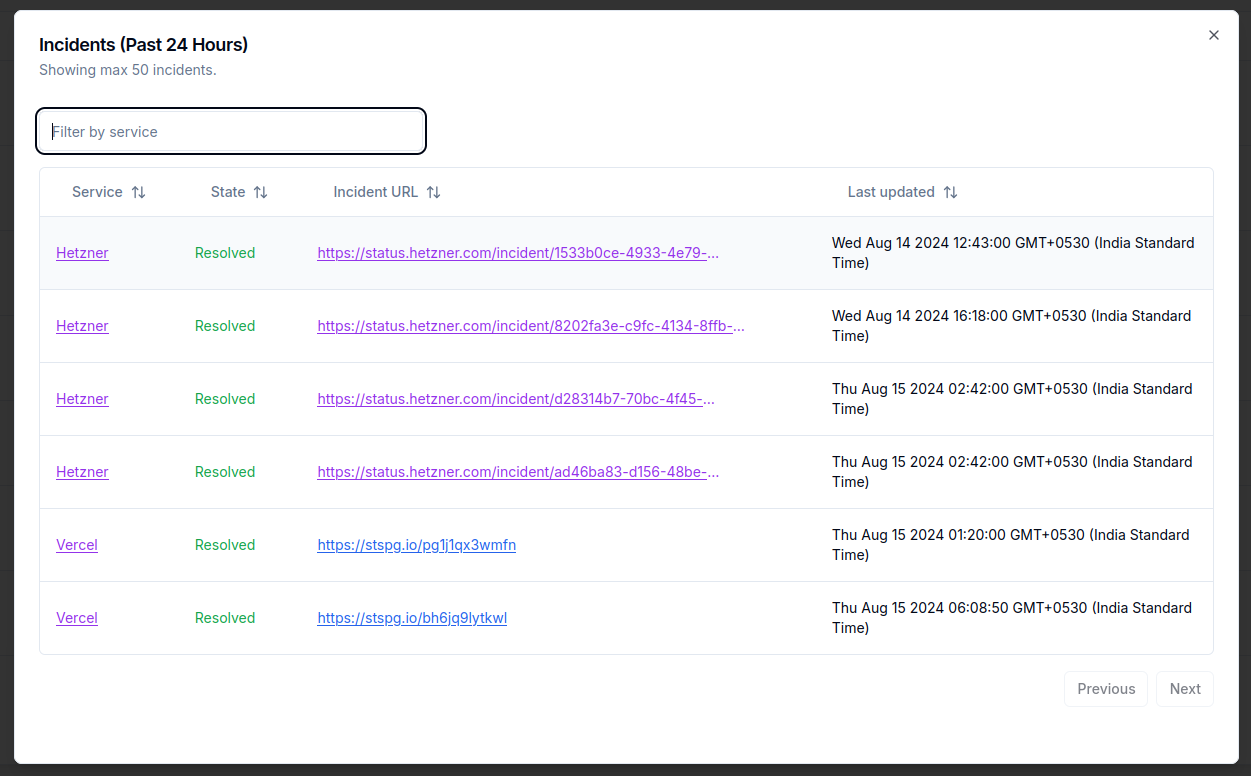The 2024 Guide to Open Source Status Page Providers
Introduction
There is a newer version of this article for 2025.
Maintaining transparent communication about service availability is crucial for businesses of all sizes. Status pages are an important part of your communication strategy during times of outages and maintenance events.
You can choose to go with a fully managed status page provider, or host an open-source one yourself.
Open source status page providers offer a cost-effective and customizable solution. However, they can come with their own drawbacks. This guide explores open source status page providers in 2024 to help you choose the right tool for your needs.




